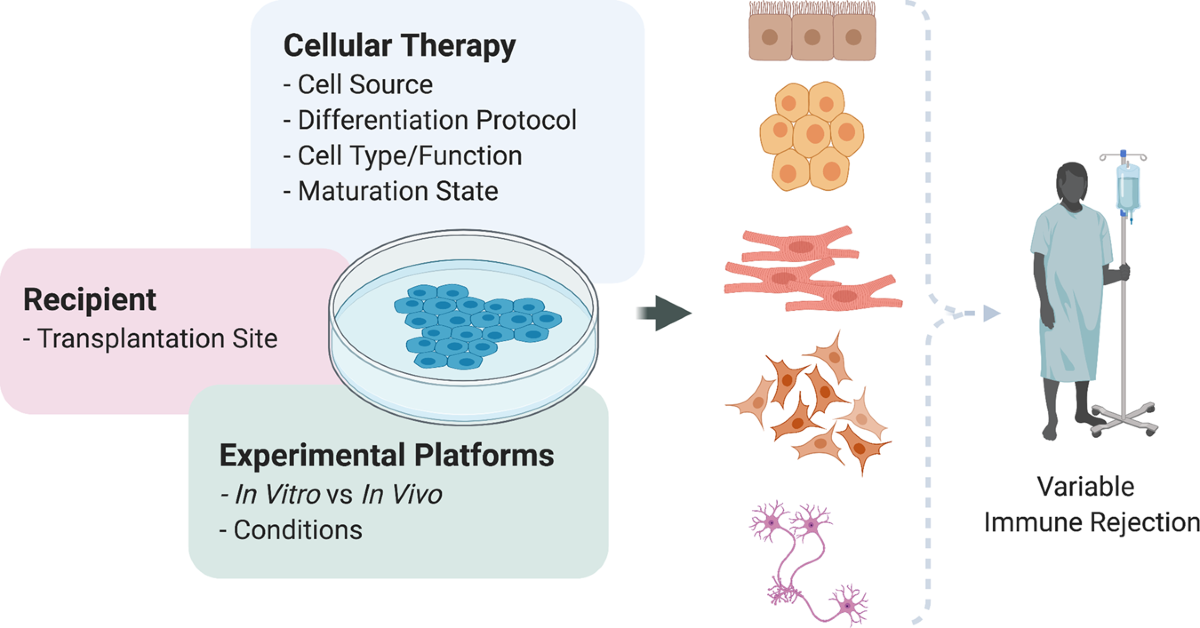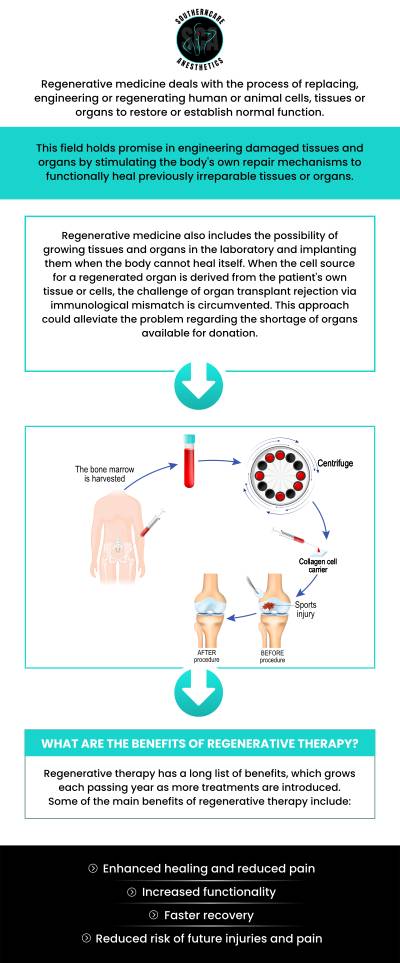
[/image][=video]
[/video]
There are several sorts of stem cells. Generally, the term stem cell refers to a group of cells that give surge to various other cells (like skin, blood, heart, and muscle mass cells) by duplicating and setting apart in feedback to chemical signs. Totipotent stem cells appear at the earliest phase of growth and are the only stem cells which can generate embryonic stem cells and the placenta.
Bone marrow transplant (BMT) is an unique therapy for people with specific cancers or various other diseases. A bone marrow transplant entails taking cells that are usually located in the bone marrow (stem cells), filtering system those cells, and offering them back either to the contributor (patient) or to another person. The objective of BMT is to transfuse healthy bone marrow cells right into an individual after his/her own unhealthy bone marrow has actually been treated to kill the abnormal cells.
The blood cells that make other blood cells are called stem cells. The most primitive of the stem cells is called the pluripotent stem cell.
It is the stem cells that are needed in bone marrow transplant. The goal of a bone marrow transplant is to heal several illness and kinds of cancer. When the dosages of chemotherapy or radiation required to heal a cancer are so high that an individual's bone marrow stem cells will be completely harmed or destroyed by the treatment, a bone marrow transplant might be required.
Perimenopause Treatment
This process is frequently called rescue. Change bone marrow with genetically healthy operating bone marrow to stop even more damages from a genetic illness process (such as Hurler's disorder and adrenoleukodystrophy). The threats and advantages must be considered in a complete conversation with your doctor and specialists in bone marrow transplants before the treatment.
There are various sorts of bone marrow transplants depending upon that the benefactor is. The different types of BMT include the following: The benefactor is the client himself or herself. Stem cells are taken from the individual either by bone marrow harvest or apheresis (a process of accumulating outer blood stem cells), frozen, and afterwards returned to the individual after intensive treatment.
The benefactor shares the exact same genetic kind as the person. Stem cells are taken either by bone marrow harvest or apheresis from a genetically matched benefactor, usually a bro or sis. Various other benefactors for allogeneic bone marrow transplants might consist of the following: A haploid-identical match is when the benefactor is a moms and dad and the hereditary suit is at the very least half identical to the recipient.

Matching entails typing human leukocyte antigen (HLA) tissue. The antigens externally of these special leukocyte establish the hereditary make-up of a person's immune system. There go to the very least 100 HLA antigens; however, it is believed that there are a few major antigens that identify whether a benefactor and recipient suit.
Medical study is still investigating the duty all antigens play in the procedure of a bone marrow transplant. The more antigens that match, the far better the engraftment of donated marrow. Engraftment of the stem cells happens when the given away cells make their means to the marrow and begin making new members cells.
Medical Group around Birmingham
All people function together to provide the best possibility for a successful transplant. The group consists of the following: Healthcare service providers that specialize in oncology, hematology, immunology, and bone marrow transplantation.
Professionals who will certainly assist you fulfill your nutritional demands before and after the transplant. They will function carefully with you and your household. Professionals that will help you become solid and independent with movement and endurance after the transplant. Pastors who supply spiritual care and support. A number of other employee will evaluate you prior to transplant and will provide follow-up care as needed.

A total medical history and physical examination are done, including numerous tests to review the person's blood and body organ features (for instance, heart, kidney, liver, and lungs). A person will usually enter the transplant facility up to 10 days before transplant for hydration, evaluation, placement of the central venous line, and other prep work.
Blood products and medicines will certainly be given with the catheter during therapy. For an allogeneic transplant, an appropriate (tissue entered and matched) benefactor should be offered. Discovering a matching benefactor can be a challenging and prolonged procedure, especially if a brother or sister suit is not offered. Volunteer marrow benefactors are signed up in a number of national and international registries.
Donor resources offered include: self, brother or sister, moms and dad or family member, nonrelated individual, or umbilical cable from an associated or nonrelated person. There are nationwide and international windows registries for nonrelated people and cord blood. Some relative may be keyed in as a result of the desire to help. These family members might or might not choose to have their kind registered for usage with various other recipients.
Stem Cell Therapy
Examinations associated with his/her wellness, direct exposure to infections, and genetic analysis will certainly be done to figure out the degree of the suit. The contributor will be given instructions on how a bone marrow contribution will be made. As soon as a match for a patient needing a bone marrow transplant is found, after that stem cells will be collected either by a bone marrow harvest.
Or by an outer blood stem cell collection. This is where stem cells are accumulated from the circulating cells in the blood. Of the two, outer blood stem cell contributions are now more common. Cord blood has currently been gathered at the time of a birth and saved for later use.
Navigation
Latest Posts
Hormone Therapy local to Birmingham
Perimenopause Treatment
Medical Group